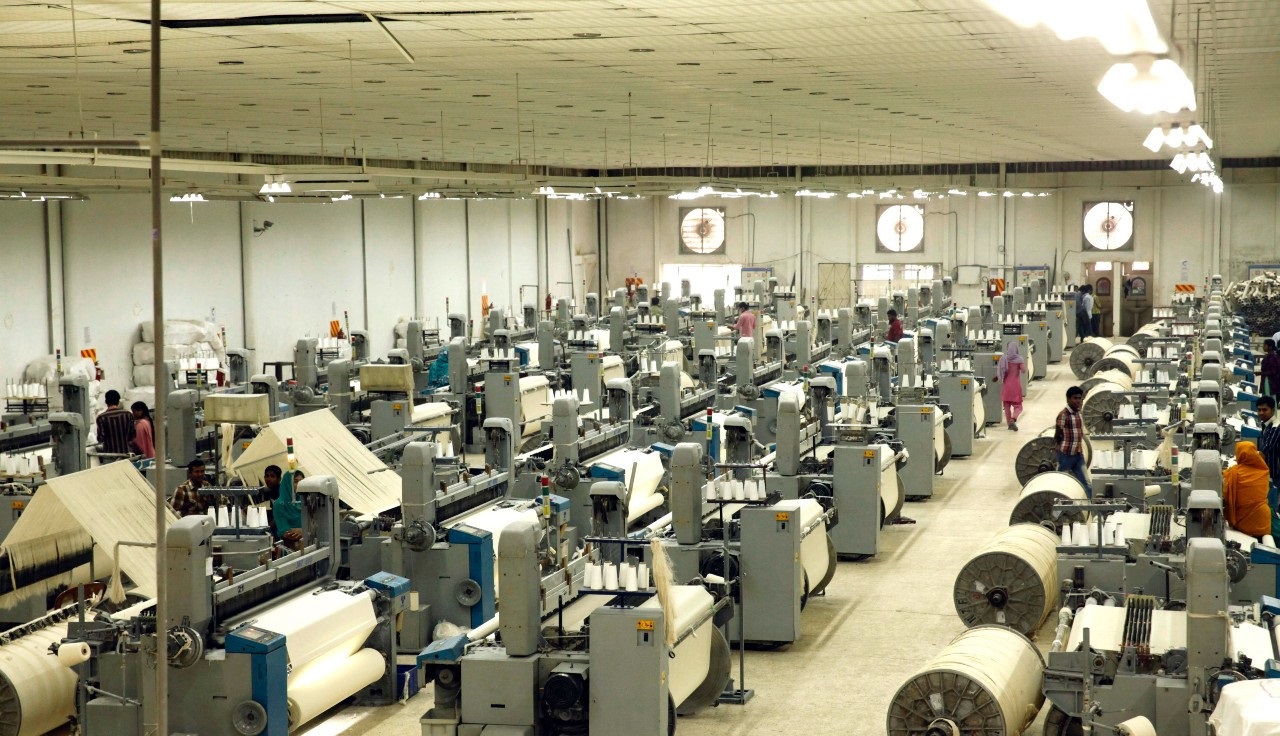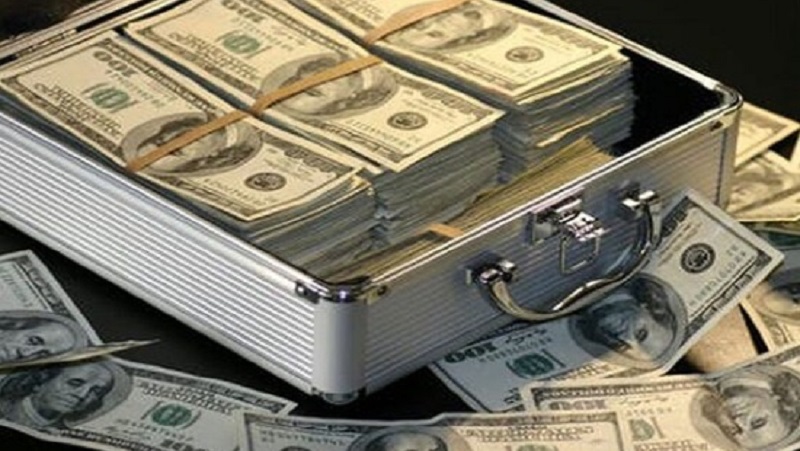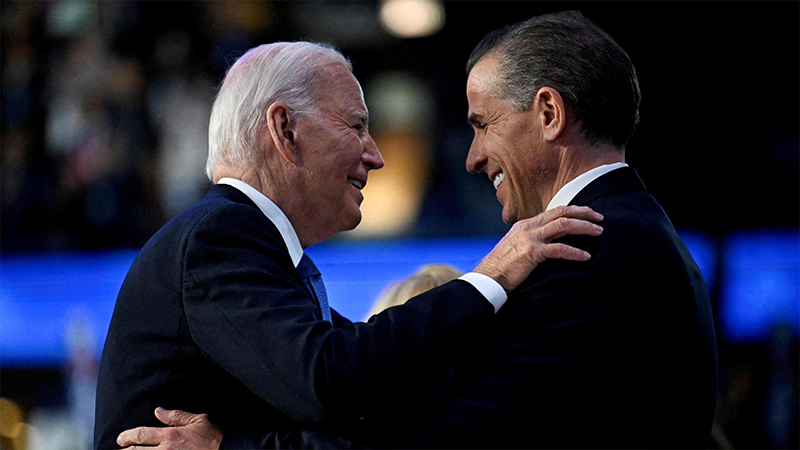Rayhan Ahmed Topader
One of the remarkable things about the global economic order since World War II has been the flexibility of governments in responding to serious crises. From stagflation and the collapse of the Bretton Woods currency regime in the 1970s to the Asian financial crisis of the 1990s to the global financial crisis in this century, the world’s major economies have proven surprisingly adept at finding ways to cooperate to address serious challenges.Back in February, plenty of investors were betting that the buildup of Russian troops on Ukraine’s border was no more than an elaborate bluff.
The Russian and Ukrainian currencies appreciated in value as hedge funds and private equity firms, signalling their faith in some form of peace deal emerging, confidently bought roubles and the Ukrainian hryvnia.Today there is a war going on that has effectively locked up the raw materials and food usually exported by both nations, and no one knows when the conflict will end.It is clear from the collapse in global stock markets and sliding cryptocurrency values that investors are panicked by the uncertainty. Shares in the US, where the S&P 500 index is down by almost a quarter since January, have suffered their worst start to a year for 60 years. Over the past 12 months this uncertainty has assumed many forms.
There have been reports of shutdowns of factories in Asia, with workers reluctant to return to their jobs, ships backed up by the dozen at American ports, a shortage of truck drivers, and exploding wealth for the likes of Jeff Bezos. Obviously, the immediate trigger to the crisis would appear to be a mix of Covid and as a result Americans greatly increasing their online shopping. According to US Census Bureau data, e-commerce sales jumped nearly 32 per cent in 2020, and 50.5 per cent since 2019.
Overall, online sales now account for 19 per cent of retail.Given the $400 billion in government stimulus and much of the outdoor service economy locked down, ie, restaurants, movies, sports events, etc., Americans spent nearly $1 trillion more in goods in 2021 compared to pre-pandemic times. Hard to see any supply chain not getting strained. Still, in May 2022, only 11 per cent of shipments from Asia arrived in North America on time, down from 59 per cent in May 2020.By the end of 2021, the cost of shipping from Asia to the west coast of the United States had risen 330 per cent in one year. According to the Freightos Baltic Index, as of June 22, the average global price to ship a 40-foot container was $7,261, down from a peak of over $11,000 in September 2021, but still five times higher than before the pandemic. The United Nations Conference on Trade and Development estimated that higher shipping rates during the lockdown raised the inflation rate by 1.5 percent. Imports from Vietnam have also exploded over the past two decades.
In 2020, Vietnam was the 6th largest supplier of US imports, up 21.2 per cent from just 2019, and 436 per cent from 2010. In a way, Vietnam has been the winner of the US trade war with China. The US trade deficit with Vietnam exploded nearly threefold to $90 billion since 2018. As for the effectiveness of the US tariffs, a good amount of the exports from Vietnam originate in Chinese-owned factories. Indonesia imports are up 23 per cent since 2010.Covid fouled up the system.
At peak chaos there were over 100 ships waiting to dock. If all the waiting containers had been laid out the line would actually have stretched from Los Angeles to Chicago. The turnover time increased to 100 days. US president Joe Biden eventually ordered the ports to work 24/7 and some ships were diverted to other ports. Ships waiting outside the LA ports fell by half by the beginning of 2022, though this spring a dozen plus ships were often backed up at ports around the US.
Nagad
As of May, nearly 20 per cent of container vessels globally were still waiting outside congested ports, including hundreds in China.The emergence of Covid-19 has not been the only recent cause of disruption for the shipping supply chain. On March 23, 2021, the 20,124 TEU container ship Ever Given ran aground in the Suez Cancel. TEU stands for twenty-foot equivalent unit, meaning the number of standardised 20-feet containers a ship can carry.
Suez Canal is the shortest shipping route between Europe and Asia. Up to 15 per cent of global trade passes through the Suez Canal, including a million barrels of oil a day and roughly eight per cent of the supply of liquefied natural gas. On a given day that means about 50 ships. With Ever Given wedged in the canal for a week, hundreds of ships were backed up in a 60-mile queue waiting to get through. All in all, an estimated $9.6 billion a day worth of trade was held up. On March 15, 2022, another ship owned by Evergreen Marine Corp, this one named Ever Forward, went aground in Chesapeake Bay. While this blockage did not stop traffic, it took a month to free the ship. The ship CSCL Jupiter did hinder ship traffic when it ran aground for a day outside the port of Antwerp in 2017.
Here is where the deregulation comes in. As Matt Stroller described in a Substack piece, for most of the 20th century, US shipping law was based on the Shipping Act of 1916. The act granted shipping companies an exemption from anti-trust laws. They were allowed to form alliances with each other, something that continues today, where they would jointly set routes and prices. However, there was a condition that all prices had to be public, service had to be offered on equal terms, and companies were not permitted to undermine competitors by offering volume discounts or under-the-table rebates.
In addition to the act, there were subsidies for shipbuilding and the Merchant Marine Act of 1920, known as the Jones Act, required all ships carrying goods between two US ports to be American-built, owned, -crewed, and -flagged. The idea was to protect smaller companies and businesses against predatory moves of larger companies by giving bargaining power, hence the public prices. National security concerns wanted to keep American shipping strong. Stable prices take the edge off a boom-and-bust industry.In the midst of all this came the economic crash of 2008.
The downturn meant there was not enough freight to fill the growing ship capacity. With shipping prices at rock bottom, the remaining large carriers formed alliances. The top 10 shipping companies had 40 per cent of the market in 1998. Today it is over 80 per cent. All 10 companies are part of one of the three company alliances that dominate the industry 2M, Oceans Alliance, and The Alliance.
The megaships also keep up a nice barrier to entry. New companies have a hard time breaking in with such upfront costs as a megaship. Infrastructure railroads, ships, social media networks tend to require a huge amount of investment to build, but not much to operate. This makes it inefficient for many companies to build competing networks. As a result it is often owned by the state of too-big-to-fail monopolies The larger the ship the more the shipping company is supposed to be able to squeeze out savings on construction, fuel, and staff. Larger ships with consolidation and alliance also give companies leverage over other parts of the system. This led to a race among the ports. Ports in Baltimore, Miami, and Norfolk began dredging projects to deepen their harbours.
The port authority of New York and New Jersey spearheaded a project to raise the Bayonne Bridge 64 feet to accommodate larger ships. The project cost $1.7 billion. A few weeks ago, in view of the rising inflation, US president Joe Biden ranted about ‘foreign-owned’ shipping companies which raised their prices by ‘as much as 100 per cent.’ He chimed, Every now and then something you learned makes you viscerally angry. On June 16, he signed the Ocean Shipping Reform Act of 2022. Legislation that breezes through Congress nowadays promises not to be too earth-shattering. The act empowers the Federal Maritime Commission to limit ocean carriers refusing American and limit port fees. It is questionable how thoroughly it can be enforced. Another facet to the shipping world is flags of convenience.
For a fee, ship owners can simply register their ships with a willing country. Countries without a nationality or residency requirement for ship registration are described as having open registry. This form of paper globalisation works the same as other forms. The obvious goal is to take advantage of places with low wages and less regulation. Thus, in 1960, the US flag merchant fleet had almost 3,000 ships. By 2019, the number was 182. Almost three-quarters of the world fleet are now flagged under a country different from the ship owners. For a long time, the places with the largest registries have been Panama, Liberia, and the Marshall Islands. It’s perhaps a wonder that it was not until experiencing the fallout from a global pandemic that most Americans were forced to read or hear the words supply chain.
This is surprising because it is on these things that the basic essentials of modern life are dependent and because of the revolutionary changes in these arenas over the past generation. Yet with Covid still haunting the global economy and with inflation at the highest it’s been in decades, uncertainty about supply chains lingers.
The global economic crisis basically originated in the West but had its effects on all economies of the world. Of course, the US and the Europe were the primary victims of the crisis and it can be said that countries like India and China were relatively unscathed in the wake of the crisis. However, this is not to say that these countries have successfully decoupled from the west since the tightly knit global economy and the dependence of China on exports to the US for goods and India for services means that these countries have a fair amount of work to do before they can be called safe.
The point here is that the United States and Europe were badly bruised by the crisis and it is still not clear when these countries and their economies would be out of the woods, if at all they would. Finally, the global economic crisis has undone the many gains that have been made by globalization and hence there are renewed calls for protectionism and for erecting trade barriers in the West as well as in the East. This means that the global economic crisis has dealt a body blow to the global economy which might take years to regain its earlier prosperity.
The writer is a Researcher and Columnist. He can be reached at raihan567@yahoo.com
















